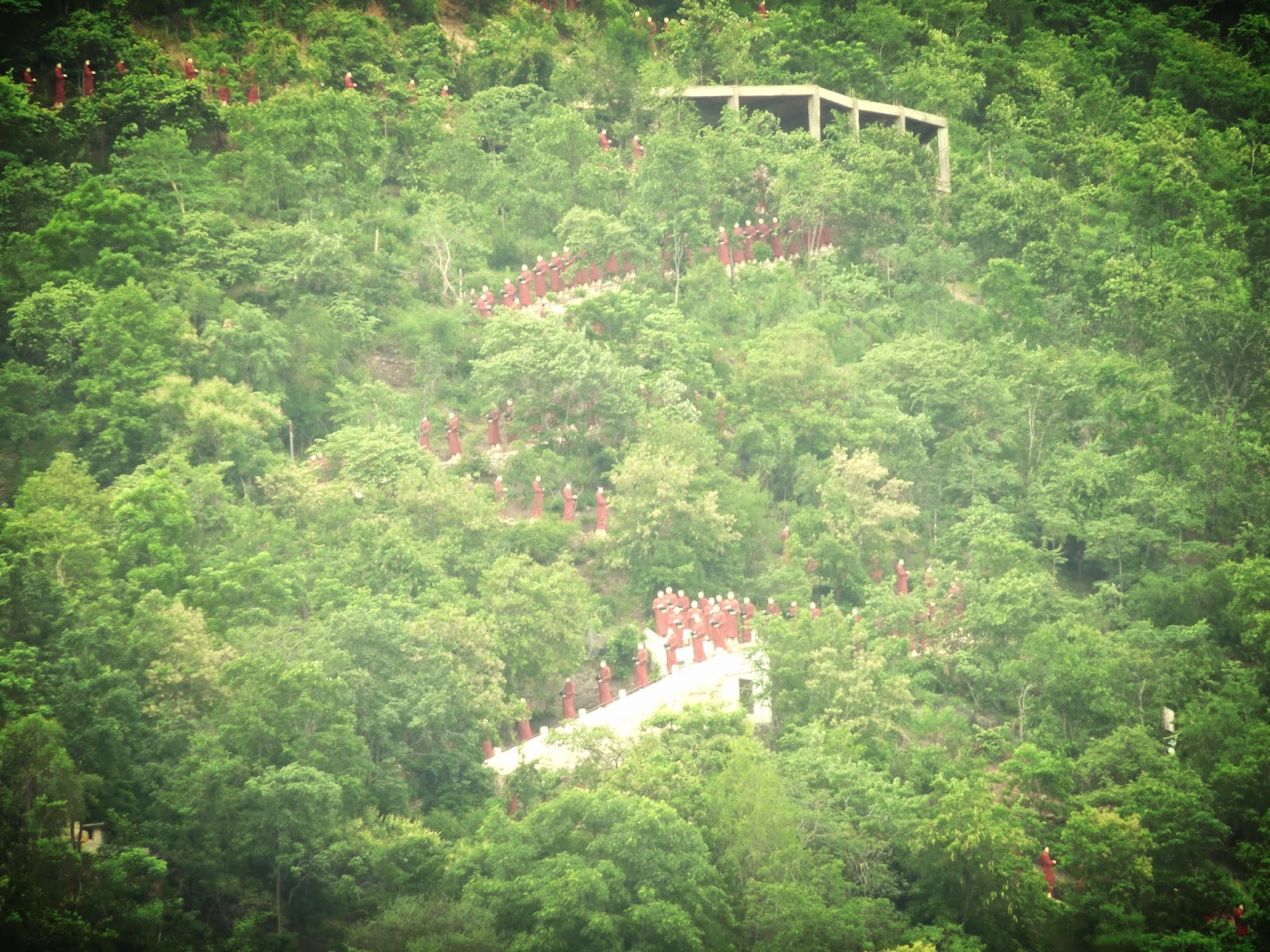“As strict Buddhists, Burmans are supposed to abstain from animal food, or, at least, from taking life for the purpose of providing food. For fishermen, who must break this precept daily, special uncomfortable hells are reserved. Hunting and shooting are practised at grave risk of future disaster, and usually by the younger men who think they have time to make up for these derelictions, or are giddily thoughtless of the hereafter. A pious friend of mine in Upper Burma used to be much scandalized at the levity of his aged father, who persisted in coursing hares when he ought to have been making his soul. But as regards the consumption of flesh of birds, beasts, and fish, there seems to be no practical restraint among any class... The flesh of no creature which has died a natural death, except perhaps dogs and tigers, is despised.”
--- Sir Herbert White, A Civil Servant in Burma, 1913







































